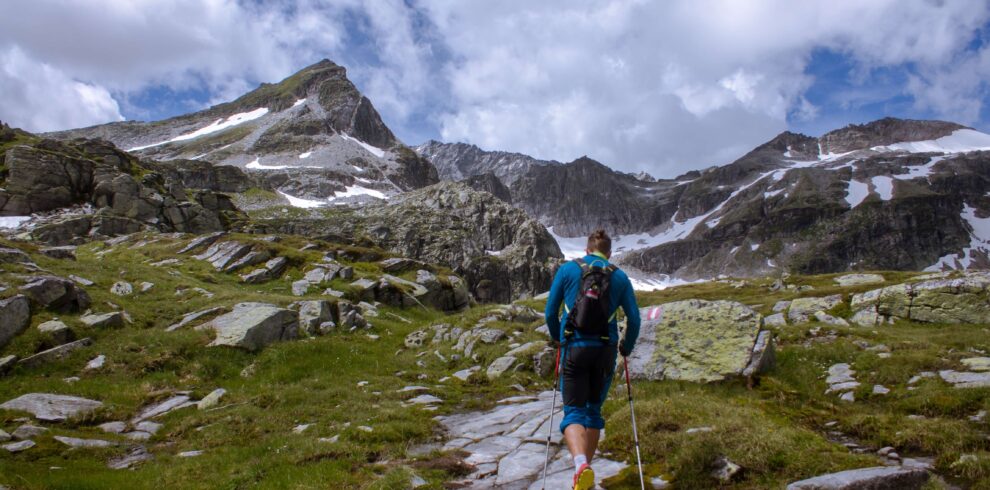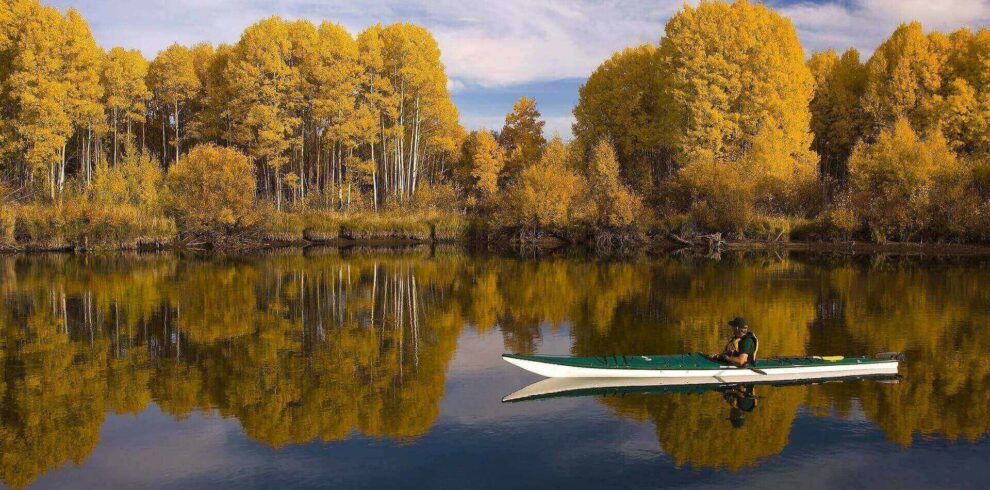Ischia Porto
Ischia is a volcanic island located in the Gulf of Naples, Italy. It is the largest of the Phlegrean Islands and is known for its natural thermal springs, beaches, and Mediterranean vegetation. The island has a population of around 34,000 and is a popular tourist destination. Ischia is also home to the Aragonese Castle, which dates back to the 15th century and is located on a small island connected to Ischia by a bridge.
Hiking
Ischia offers a variety of hiking trails for visitors to explore the island’s natural beauty. Some popular hiking routes include:
- Monte Epomeo: This is the highest peak on the island, standing at 789 meters. The hike to the summit offers panoramic views of the Gulf of Naples and the surrounding islands.
- Giardini La Mortella: This is a beautiful botanical garden which features a variety of Mediterranean plants and flowers. The garden is located on the northern side of the island and has a number of trails which visitors can follow.
It is worth noting that many of the hikes on the island can be challenging due to the steep and rocky terrain, so it’s important to wear appropriate footwear and bring enough water.

- Gen
- Feb
- Mar
- Apr
- Mag
- Giu
- Lug
- Ago
- Set
- Ott
- Nov
- Dic
Jungle Safari
A is an overland journey, usually a trip by tourists to Africa. In the past, the trip was often a big-game hunt, but today, safari often refers to trips to observe and photograph wildlife—or hiking and sightseeing, as well.
The Swahili word safari means journey, originally from the Arabic meaning a journey; the verb for “to travel” in Swahili is kusafiri. These words are used for any type of journey, e.g. by bus from Nairobi to Mombasa or by ferry from Dar es Salaam to Unguja. Safari entered the English language at the end of the 1850s thanks to Richard Francis Burton, the famous explorer.
The Regimental March of the King’s African Rifles was ‘Funga Safari’, literally ‘tie up the March’, or, in other words, pack up equipment ready to march.
In 1836 William Cornwallis Harris led an expedition purely to observe and record wildlife and landscapes by the expedition’s members. Harris established the safari style of journey, starting with a not too strenuous rising at first light, an energetic day walking, an afternoon rest then concluding with a formal dinner and telling stories in the evening over drinks and tobacco.

- Gen
- Feb
- Mar
- Apr
- Mag
- Giu
- Lug
- Ago
- Set
- Ott
- Nov
- Dic
Kayaking
Kayaking is the use of a kayak for moving across water. It is distinguished from canoeing by the sitting position of the paddler and the number of blades on the paddle. A kayak is a low-to-the-water, canoe-like boat in which the paddler sits facing forward, legs in front, using a double-bladed paddle to pull front-to-back on one side and then the other in rotation. Most kayaks have closed decks, although sit-on-top and inflatable kayaks are growing in popularity as well.
Kayaks were created thousands of years ago by the Inuit, formerly known as Eskimos, of the northern Arctic regions. They used driftwood and sometimes the skeleton of whale, to construct the frame of the kayak, and animal skin, particularly seal skin was used to create the body. The main purpose for creating the kayak, which literally translates to “hunter’s boat” was for hunting and fishing. The kayak’s stealth capabilities, allowed for the hunter to sneak up behind animals on the shoreline, and successfully catch their prey. By the mid-1800s the kayak became increasingly popular and the Europeans became interested. German and French men began kayaking for sport. In 1931, a man named Adolf Anderle became the first person to kayak down the Salzachofen Gorge, this is where the birthplace of modern-day white-water kayaking is believed to have begun. Kayak races were introduced in the Berlin Olympic Games in 1936.
In the 1950s fiberglass kayaks were developed and commonly used, until 1980s when polyethylene plastic kayaks came about. Kayaking progressed as a fringe sport in the U.S. until the 1970s, when it became a mainstream popular sport. Now, more than 10 white water kayaking events are featured in the Olympics.While kayaking represents a key international watersport, few academic studies have been conducted on the role kayaking plays in the lives and activities of the public .

- Gen
- Feb
- Mar
- Apr
- Mag
- Giu
- Lug
- Ago
- Set
- Ott
- Nov
- Dic
Paragliding
Paragliding is the recreational and competitive adventure sport of flying paragliders: lightweight, free-flying, foot-launched glider aircraft with no rigid primary structure. The pilot sits in a harness suspended below a fabric wing comprising a large number of interconnected baffled cells. Wing shape is maintained by the suspension lines, the pressure of air entering vents in the front of the wing, and the aerodynamic forces of the air flowing over the outside.
Despite not using an engine, paraglider flights can last many hours and cover many hundreds of kilometers, though flights of one to two hours and covering some tens of kilometers are more the norm. By skillful exploitation of sources of lift, the pilot may gain height, often climbing to altitudes of a few thousand meters.

- Gen
- Feb
- Mar
- Apr
- Mag
- Giu
- Lug
- Ago
- Set
- Ott
- Nov
- Dic
River Rafting
An adventure is an exciting or unusual experience. It may also be a bold, usually risky undertaking, with an uncertain outcome.Adventures may be activities with some potential for physical danger such as traveling, exploring, skydiving, mountain climbing, scuba diving, river rafting or participating in extreme sports.
The term also broadly refers to any enterprise that is potentially fraught with physical, financial or psychological risk, such as a business venture, or other major life undertakings.

- Gen
- Feb
- Mar
- Apr
- Mag
- Giu
- Lug
- Ago
- Set
- Ott
- Nov
- Dic
